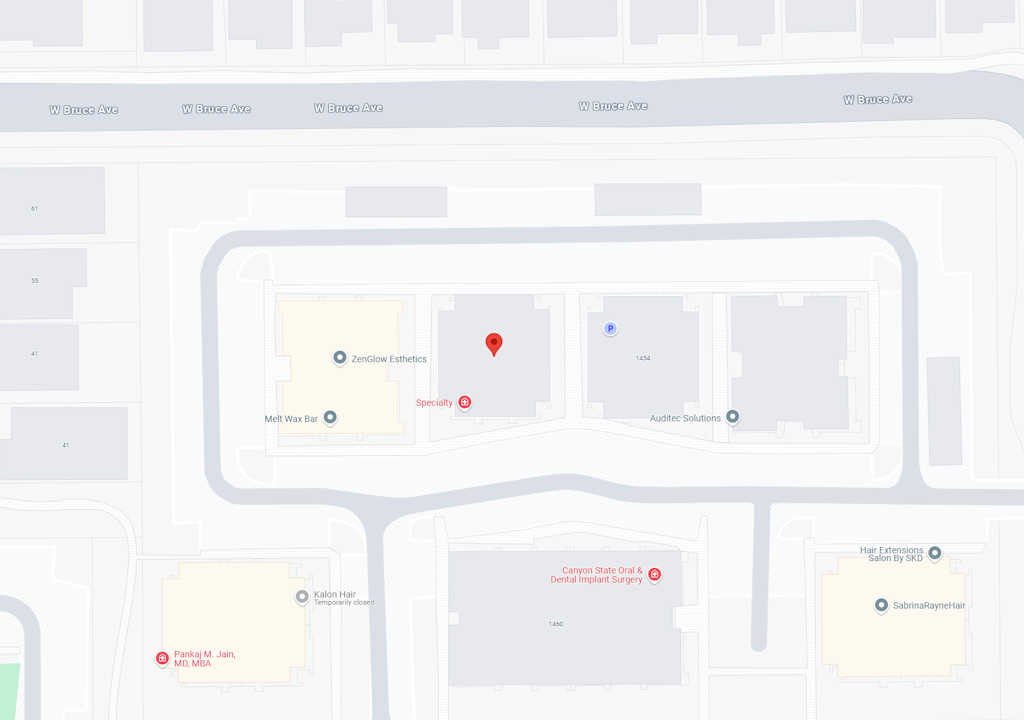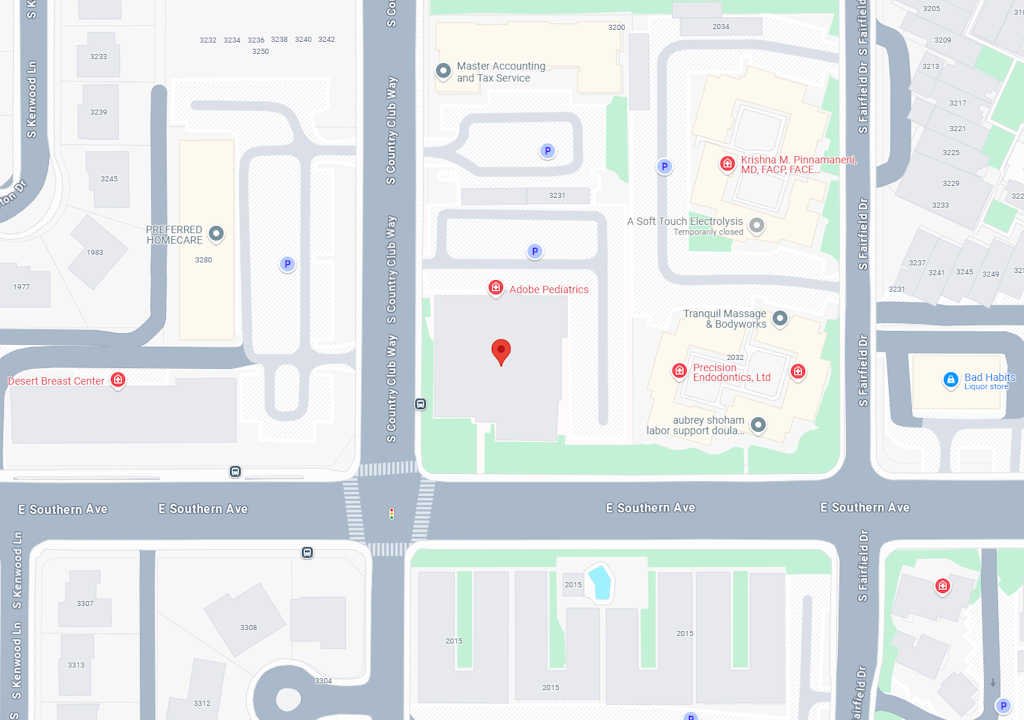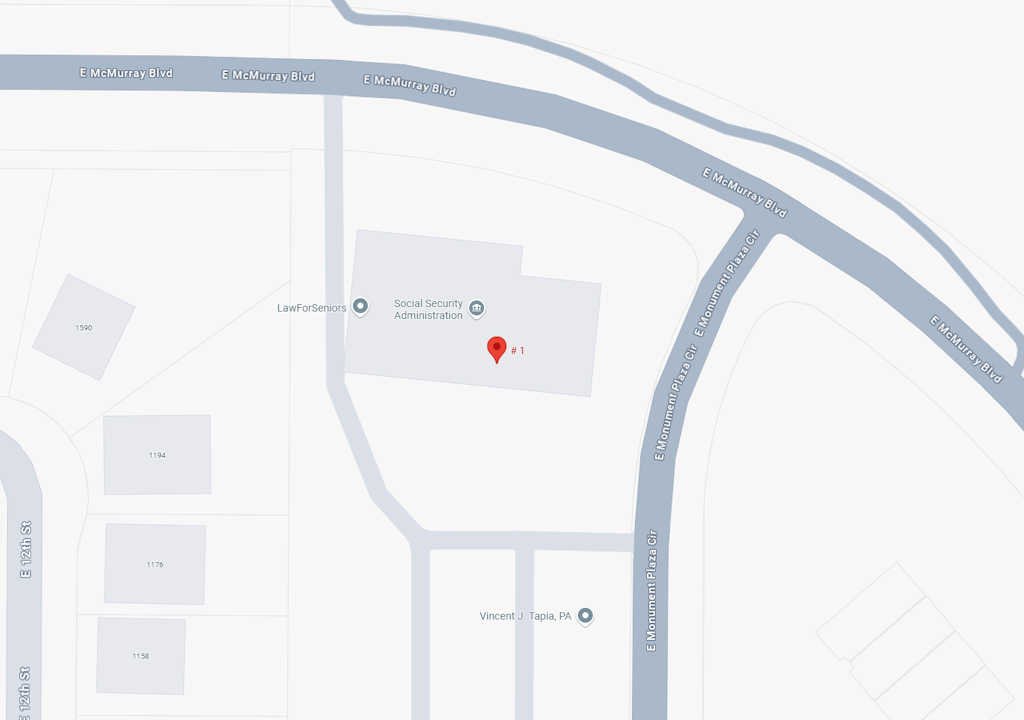Servicing the Valley, Office in Gilbert
Request an Appointment
Cervical Spondylosis
What does cervical spondylosis mean?
Cervical spondylosis refers to age-related wear and tear affecting the spinal discs in your neck (cervical spine). A certain type of disc degeneration can cause the discs to lose hydration and elasticity, leading to disc thinning and reduced shock-absorbing capacity. Others may experience the body forming extra bone (spurs) to stabilize the spine, which can compress spinal nerves or the spinal cord. In addition, the small joints between the vertebrae may become arthritic, causing pain and stiffness.
Relief and Renewal from Cervical Spondylosis
You don’t have to accept neck pain and stiffness as your new normal. With thoughtful care, advanced pain-management strategies, and personalized support, you can rebuild comfort, reclaim mobility, and rediscover strength. Every step toward healing brings you closer to living life on your terms again—upright, confident, and free from the weight of pain.

Contributing Factors to cervical spondylosis
Aging is the most common cause of this condition. As you age, your spinal discs lose water content and shrink, which can lead to disc degeneration, reduced flexibility and bone spurs.
Degeneration of Intervertebral Discs is where the discs between vertebrae can wear down, leading to reduced cushioning and more friction between bones.
Herniated Discs, another cause is where parts of the spinal disc can bulge or rupture, putting pressure on the spinal cord or nerve roots.
Bone Spurs as mentioned, are overgrowths of bone that can narrow the space for nerves and cause pinching or compression.
Stiff Ligaments can also occur where ligaments in the neck stiffen with age, reducing neck flexibility and contributing to pain.
Symptoms to look out for
Many people with cervical spondylosis may show no symptoms at all, especially in the early stages. However, they may start to arise as the condition starts to progress and depends on how the narrowing or compression of the disc affects the spinal canal. If the spinal cord becomes compressed, it can lead to pinching of the cervical nerves.
Though it may vary, these symptoms include.
- Neck Pain and Stiffness
- Headaches
- Shoulder and Arm Pain
- Tingling or Numbness
- Weakness in the Arms, Hands, Legs, or Feet
- Limited Range of Motion in the Neck
- Grinding or Popping Sound (Crepitus)- (when turning the neck)
- Loss of Balance or Coordination (in severe cases)
- Bladder or Bowel Dysfunction (rare but serious)
It is highly recommended to seek medical attention if you experience numbness, tingling, or weakness. If symptoms interfere with daily life & if you notice coordination issues or bladder/bowel dysfunction.
Who are at high-risk for cervical spondylosis?
Individuals 60 or older
Jobs involving repetitive neck movements, heavy lifting, or prolonged sitting.
Those who tilt their head forward frequently.
Chronic poor posture
History of neck trauma, whiplash, or other cervical injuries
A family history of cervical spondylosis or other spinal disorders
Lack of exercise weakens neck and back muscles, contributing to spinal instability.
Excess weight increases mechanical stress on the spine.
Underlying Medical Conditions
Smoking – reduces blood flow to spinal discs, accelerating degeneration
How is cervical spondylosis identified and diagnosed by healthcare
professionals?
The first step in a physician identifying if you have this condition would be to perform a physical exam. This helps assess neurological function and range of motion: neck movement tests to evaluate flexibility and pain triggers. In addition, a physician would run a neurological examination to check reflexes, muscle strength, sensation in arms and hands, gait and balance (if spinal cord compression is suspected).
To follow would be Imaging Studies, these are essential for confirming the diagnosis and evaluating the extent of degeneration. This includes.
X-rays: Shows bone spurs (osteophytes), disc space narrowing, and alignment ofcvertebrae
MRI: Provides detailed images of soft tissues, including intervertebral discs,
spinal cord, and nerve roots. Useful for identifying disc herniation or spinal cordccompression (cervical myelopathy)
CT scan: Offers detailed cross-sectional images of the spine, especially helpful ifcMRI is contraindicated
Myelography: A special imaging technique involving contrast dye to highlight thecspinal cord and nerves, often combined with CT
If nerve involvement is suspected, Electromyography (EMG) and nerve conduction studies (NCS) help assess the function of nerves and muscles.
Treatment
Medications would include NSAIDs (e.g., ibuprofen, naproxen), Muscle relaxants, Pain relievers), Neuropathic agents (e.g., gabapentin, pregabalin).
Physical Therapy
Applying heat or cold packs to reduce pain and stiffness
Avoid heavy lifting and repetitive neck movements
IF non-response to conservative treatment for several months- Surgery may be needed
Pain Clinic Locations

Gilbert Office
1466 West Elliot Rd
Gilbert, AZ 85233
Phone: 480-496-2699
Fax: 877-422-3184

Tempe Office
(Procedure Location)
2000 E Southern Ave
Suite 106/108
Tempe, AZ 85282

Casa Grande Office
(Satellite Office)
1637 E Monument Plaza Circle
Suite 1
Casa Grande, AZ 85122
